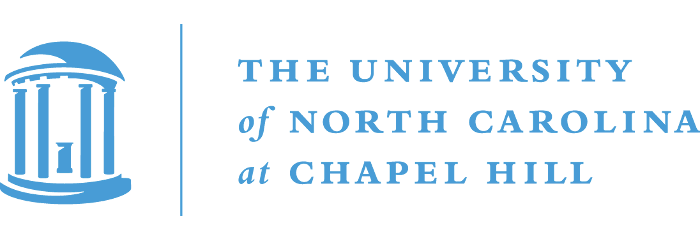
The program’s standard market loan limit doubled from $3 million to $6 million, and the high cost area limit increased from $3.7 million to $7.5 million. In addition, this program received boosts from the Federal Housing Finance Agency’s increase in maximum conforming loan limits and higher-cost area limits for 2017. However, Freddie Mac’s program can support two story buildings, provided that some of the ground floor is housing. With this expansion in financing, the program can now assist with the revitalization of three and four story buildings, provided financing options for the project include community services or affordable housing.įreddie Mac’s Small Balance Loan program is similar to Fannie Mae’s Small Loans Program in the sense that it offers $3 million and $5 million loans.

The program now provides expedited processing for loans up to $3 million nationally and $5 million in select markets. However, options are now being offered by Fannie Mae and Freddie Mac to curtail this issue, as both have expanded programs to include smaller, mixed-use properties.įannie Mae’s Small Loans Program is designed to offer loans for fixed and variable rate mortgages on conventional properties, as well as existing multifamily properties, the construction of multifamily housing properties (market rate and affordable), and properties with 5 or more units. When RPA’s report was released, the Federal National Mortgage Association (Fannie Mae) and the Federal Home Loan Mortgage Corporation (Freddie Mac) loans, guarantees and mortgages typically capped commercial floor space or income at 15-25% of multi-family projects, which would disqualify most structures with six stories or less. In areas where two and three story buildings with the potential to support residential spaces above commercial storefronts exist, this type of access could be crucial to revitalization and diversification of neighborhoods. One of the consequences highlighted was the structure of federal loan programs that did not support mixed-use, multi-family developments, effectively limiting the access of these properties to financing options.

While a variety of housing loan products exist, a report released by the Regional Plan Association (RPA) in February 2016 highlighted the unintended consequences of housing finance policies at that time. Student Corner: Federal Housing Finance Options for Mixed-Use Development By CED Program Interns & Students Published September 13, 2017įederal housing finance policies and programs exist to provide financing for the acquisition and construction of homes and boost investment in the housing industry.

Community and Economic Development – Blog by UNC School of Government


 0 kommentar(er)
0 kommentar(er)
